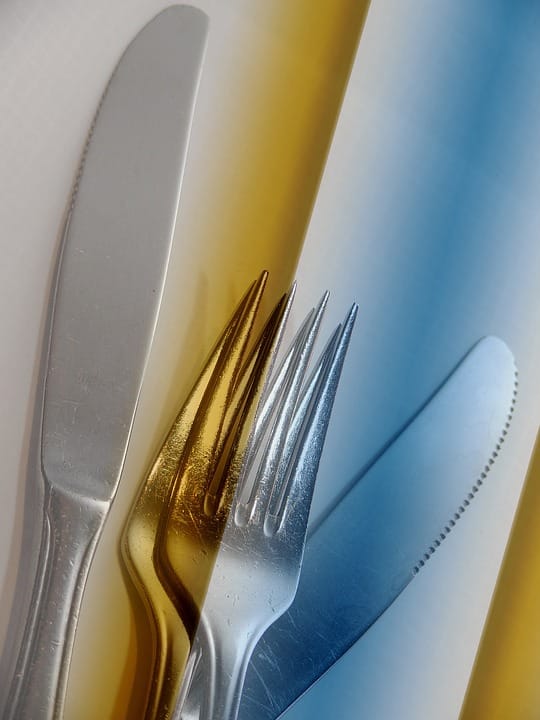A Beginner’s Guide to Sharpening Your Pocket Knife with a Stone
Why Sharpen Your Pocket Knife?
Sharpening your pocket knife is a vital part of maintaining its performance and prolonging its lifespan. A dull knife is a safety hazard, making it more likely to cause accidents and injuries. Furthermore, a dull knife can be frustrating to use, making it challenging to accomplish tasks efficiently. In this article, we will guide you through the process of sharpening your pocket knife with a stone, a cost-effective and accessible method that requires minimal equipment.
Choosing the Right Whetstone
When selecting a whetstone, consider the following factors:
| Factor | Description |
|---|---|
| Grain Size | A lower grit size (coarse) is better for heavy-duty use, while a higher grit size (fine) is better for general use. |
| Size | A larger stone provides more real estate for sharpening, but may be bulkier to carry. A smaller stone is more portable, but may require more strokes for sharpening. |
| Material | Novaculite, Arkansas stone, and oil stones are popular choices for sharpening pocket knives. |
| Lubricant | Water, oil, or other liquids may be used to aid sharpening, depending on the type of stone. |
A multi-purpose whetstone with a moderate grit size (around 6000-8000) is an excellent starting point for sharpening your pocket knife.
Preparing the Stone and Knife
Before sharpening, prepare the stone and your pocket knife for the process:
- Clean the Stone: Rinse the whetstone with water and wipe it dry to prevent dust and debris from interfering with sharpening.
- Clean the Knife: Remove any debris or residue from the knife’s blade.
- Hone the Edge: Hold the knife at a 20-degree angle and draw the blade across the stone, applying light pressure. Repeat this process several times to hone the edge.
- Determine the Bevel: Identify the bevel, the flat surface of the blade, and align it with the whetstone.
Sharpening the Knife
Now it’s time to sharpen the knife:
- Start at the Tip: Begin sharpening the knife at the tip, holding it at a 20-degree angle. Apply light pressure and draw the blade across the stone in a consistent, smooth motion.
- Work Through the Curve: Continue sharpening along the bevel, moving the knife towards the heel (the opposite end) in a smooth, curved motion.
- Flip and Repeat: Flip the knife over and repeat the process, sharpening the other side of the blade.
- Repeat and Refine: Repeat the sharpening process several times, checking the edge frequently to determine when it’s sharp enough.
- Hone the Edge (Again): Once the knife is sharp, use the edge-honing technique to fine-tune the edge.
Tips and Tricks for Sharpening
| Tip | Description |
|---|---|
| Maintain Consistent Angle | Apply consistent pressure and maintain the angle to achieve a smooth, even sharpening process. |
| Use Light Pressure | Apply gentle pressure to avoid damaging the stone or the knife’s edge. |
| Work in Small Sections | Focus on small sections of the blade at a time to maintain control and ensure a smooth sharpening process. |
| Check the Edge Regularly | Regularly check the edge to determine when it’s sharp enough, avoiding over-sharpening. |
FAQs
- How often should I sharpen my pocket knife?
- It depends on usage, but as a general rule, sharpen your pocket knife every month or after heavy use.
- Can I use a diamond stone instead of a whetstone?
- Yes, diamond stones can be used, but they may require more elbow grease and can be more aggressive.
- Why is sharpening my pocket knife important?
- Sharpening your pocket knife is crucial for safety, performance, and longevity.
- Can I sharpen my pocket knife by hand or do I need a sharpening device?
- You can sharpen your pocket knife by hand, but a sharpening device can make the process easier and more efficient.
- How do I store my whetstone and pocket knife?
- Store your whetstone in a dry, clean area, and your pocket knife in a secure, dry place, such as a knife roll or case.
Conclusion
Sharpening your pocket knife with a stone is a straightforward process that requires minimal equipment and effort. By following the guidelines outlined in this article, you’ll be able to maintain your knife’s performance, ensure your safety, and prolong its lifespan. Remember to choose the right whetstone, prepare the stone and knife, and sharpen in sections, using light pressure and checking the edge regularly. With practice, you’ll become a pro at sharpening your pocket knife, and it will become an essential part of your daily routine.
